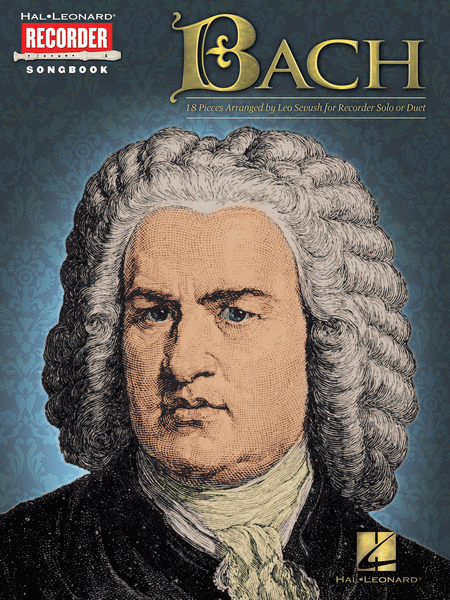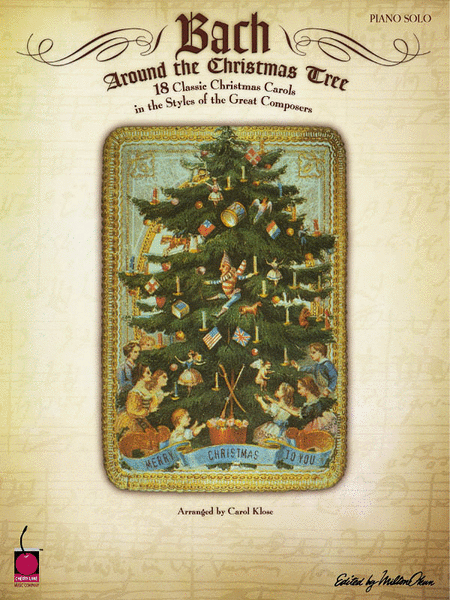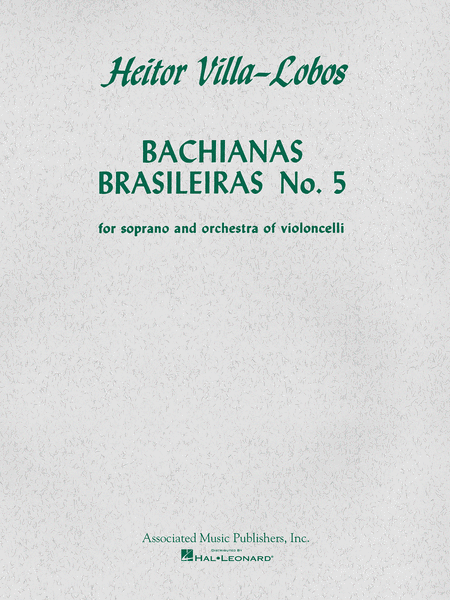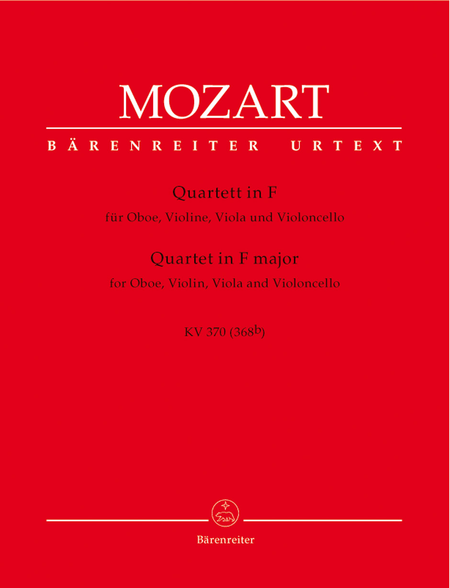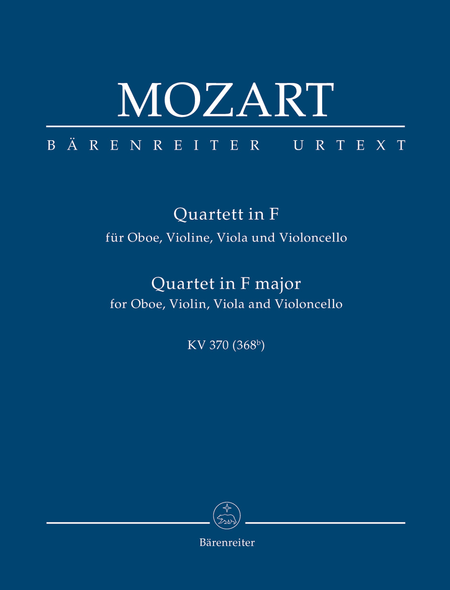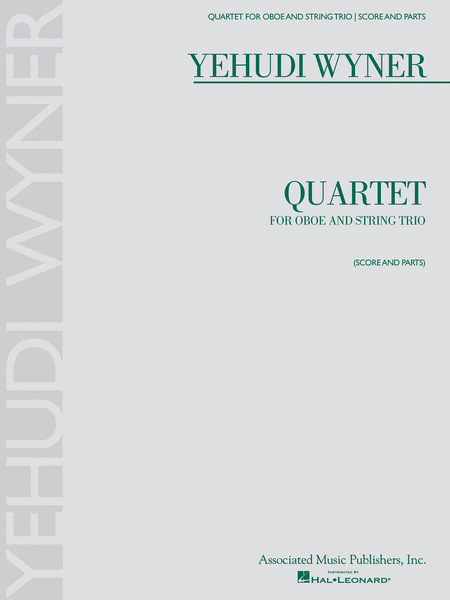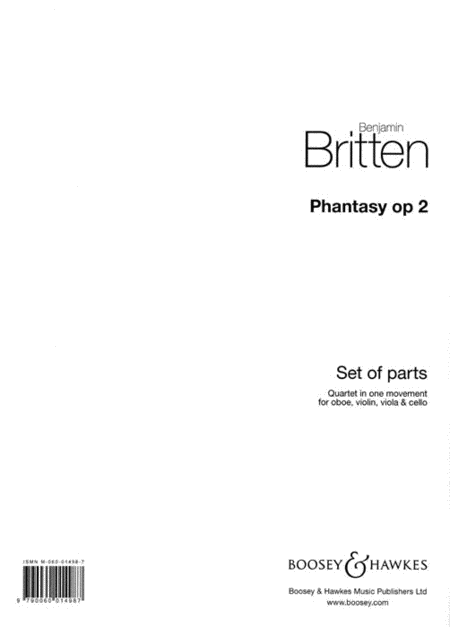The Great Eighteen Chorale Preludes, BWV 651–668, are
a set of chorale preludes for organ prepared by Johann
Sebastian Bach in Leipzig in his final decade
(1740–1750), from earlier works composed in Weimar,
where he was court organist. The works form an
encyclopedic collection of large-scale chorale
preludes, in a variety of styles harking back to the
previous century, that Bach gradually perfected during
his career. Together with the Orgelbüchlein, the
Schübler Chorales and the third book...(+)
The Great Eighteen Chorale Preludes, BWV 651–668, are
a set of chorale preludes for organ prepared by Johann
Sebastian Bach in Leipzig in his final decade
(1740–1750), from earlier works composed in Weimar,
where he was court organist. The works form an
encyclopedic collection of large-scale chorale
preludes, in a variety of styles harking back to the
previous century, that Bach gradually perfected during
his career. Together with the Orgelbüchlein, the
Schübler Chorales and the third book of the
Clavier-Übung, they represent the summit of Bach's
sacred music for solo organ.
Early versions of almost all the chorale preludes are
thought to date back to 1710–1714, during the period
1708–1717 when Bach served as court organist and
Konzertmeister (director of music) in Weimar, at the
court of Wilhelm Ernst, Duke of Saxe-Weimar. As a
result of encouragement from the Duke, a devout
Lutheran and music lover, Bach developed secular and
liturgical organ works of all forms, in what was to be
his most productive period for organ composition. As
his son Carl Philipp Emanuel Bach mentions in his
obituary or nekrolog: "His grace's delight in his
playing fired him to attempt everything possible in the
art of how to treat the organ. Here he also wrote most
of his organ works." During Bach's time at Weimar, the
chapel organ there was extensively improved and
enlarged; occupying a loft at the east end of the
chapel just below the roof, it had two manual
keyboards, a pedalboard and about a dozen stops,
including at Bach's request a row of tuned bells. It is
probable that the longer chorale preludes composed then
served some ceremonial function during the services in
the court chapel, such as accompanying communion.
When Bach moved to his later positions as Kapellmeister
in Köthen in 1717 and cantor at the Thomaskirche in
Leipzig in 1723, his obligations did not specifically
include compositions for the organ. The autograph
manuscript of the Great Eighteen, currently preserved
as P 271 in the Berlin State Library, documents that
Bach began to prepare the collection around 1740, after
having completed Part III of the Clavier-Übung in
1739. The manuscript is made up of three parts: the six
trio sonatas for organ BWV 525–530 (1727–1732); the
Canonic Variations on "Vom Himmel hoch da komm' ich
her" BWV 769 added at the same time as the chorale
preludes (1739–1750); and an early version of Nun
komm' der heiden Heiland (1714–1717), appended after
Bach's death.
The first thirteen chorale preludes BWV 651–663 were
added by Bach himself between 1739 and 1742,
supplemented by BWV 664 and 665 in 1746–7. In 1750
when Bach began to suffer from blindness before his
death in July, BWV 666 and 667 were dictated to his
student and son-in-law Johann Christoph Altnikol and
copied posthumously into the manuscript. Only the first
page of the last choral prelude BWV 668, the so-called
"deathbed chorale", has survived, recorded by an
unknown copyist. The piece was posthumously published
in 1751 as an appendix to the Art of the Fugue, with
the title "Wenn wir in höchsten Nöthen sein" (BWV
668a), instead of the original title "Vor deinen Thron
tret ich hiermit" ("Before your throne I now
appear").
This chorale prelude, unusually marked adagio, is based
on a version of the hymn Gloria in excelsis Deo. It has
two ornate fugal inner parts over a continuo-like
pedal, with a florid and melismatic cantus firmus in
the soprano, its figurations reminiscent of those for
obligato violin or oboe in the Weimar cantatas (e.g.
the sinfonia of Ich hatte viel Bekümmernis, BWV
21).
Source: Wikipedia
(https://en.wikipedia.org/wiki/Great_Eighteen_Chorale_P
reludes#Chorale_Preludes_BWV_651.E2.80.93668).
Although originally written for Organ, I created this
Interpretation of the Chorale Prelude (BWV 662) "Allein
Gott in der Höh' sei Ehr" (Alone to God on high be
honor) for Oboe & String Trio (Violin, Viola & Cello).


